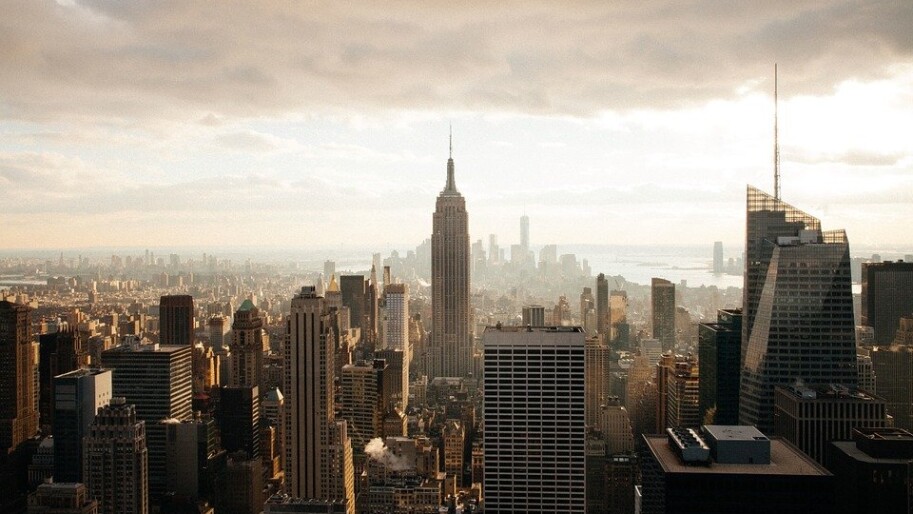Since President Trump withdrew from the Paris Accord, we have been hearing a banquet of news about how cities are leading on climate action.
The Guardian recently devoted an article to showcasing New York City, Houston, Miami and San Francisco as good examples of climate leadership. According to the article, New York City has already earmarked billions of dollars for retrofitting one million buildings to make them more energy efficient, electrifying its municipal vehicle fleet, planting thousands of trees and coating rooftops in solar panels. Half of New York City residents don’t own a car and average household electricity consumption is well below the national average. In 2015, the City of San Francisco measured its greenhouse gas emissions at 28% below 1990 levels – despite the city’s population growing nearly 20%, and a bump in its gross domestic product of 78%. And Houston uses almost 1.1 billion kWh of solar and wind power, representing 89% of its total electricity use.
But not everyone is painting a rosy picture.
According to a recent article by Sam Brooks, a former director for the D.C. government’s energy division:
The American Council for an Energy-Efficient Economy (ACEEE) recently released its 2017 City Energy Efficiency Scorecard. Electricity consumption, a primary source of carbon emissions, is flat or growing in each of ACEEE’s top 20 cities with available information. In a host of frequently lauded cities, building electricity use is up over the last five years of data: Los Angles (+3 percent); New York City (+1 percent); San Francisco (+1 percent); Boston (+2 percent); Denver (+3 percent); Austin (+5 percent); and D.C. (+1 percent).
One key barrier to progress on energy efficiency projects like street lighting retrofits is the quest for a “better deal” as cities engage with commercial partners on large-scale projects. They often wait years to commit, with the intention of self-performing such projects on the cheap, but never manage to do so with limited staff time and resources. Cities also may have fears about the potential for technologies to improve and become cheaper over time, causing them to delay. Often by delaying, they burn through all the savings they might have achieved as they waste energy with old inefficient technologies.
According to Brooks, solar is a minuscule portion of many cities’ energy portfolios. Just 0.3 percent of NYC’s power comes from solar, and the situation is similar in other cities, including San Francisco (1.2 percent); Boston (0.4 percent); Denver (1 percent); Austin (0.3 percent); D.C. (0.4 percent); Chicago (0.1 percent); and Baltimore (0.2 percent).
Brooks also points out that many cities do not appear to publicly report their electricity consumption at all, including Portland and Philadelphia. Others, like Chicago, have not reported data since 2010.
Brooks does offer solutions and quotes the San Francisco’s Renewable Energy Task Force 2012 report: “Reaching [100% renewables] will require coordinated action in three main areas: improving energy efficiency to reduce total electricity demand, increasing in-city renewable distributed generation (DG) to reduce the need for imported green power, and providing all customers a 100% renewable power purchasing option.”
The Climate Center has long advocated for local action on climate change, and more specifically, the adoption of Community Choice Energy by local jurisdictions. As cities gain local control over the sources of their power, they will be able to guide their own clean energy future. This includes transport as passenger travel becomes electrified. However, cities must step up on energy efficiency and stop delaying. These delays cost the climate more than it can afford. The urgency for action could not be any clearer and the cost of waiting longer is no less than a livable planet for the children alive today.
We hope cities are truly up to the challenge.


